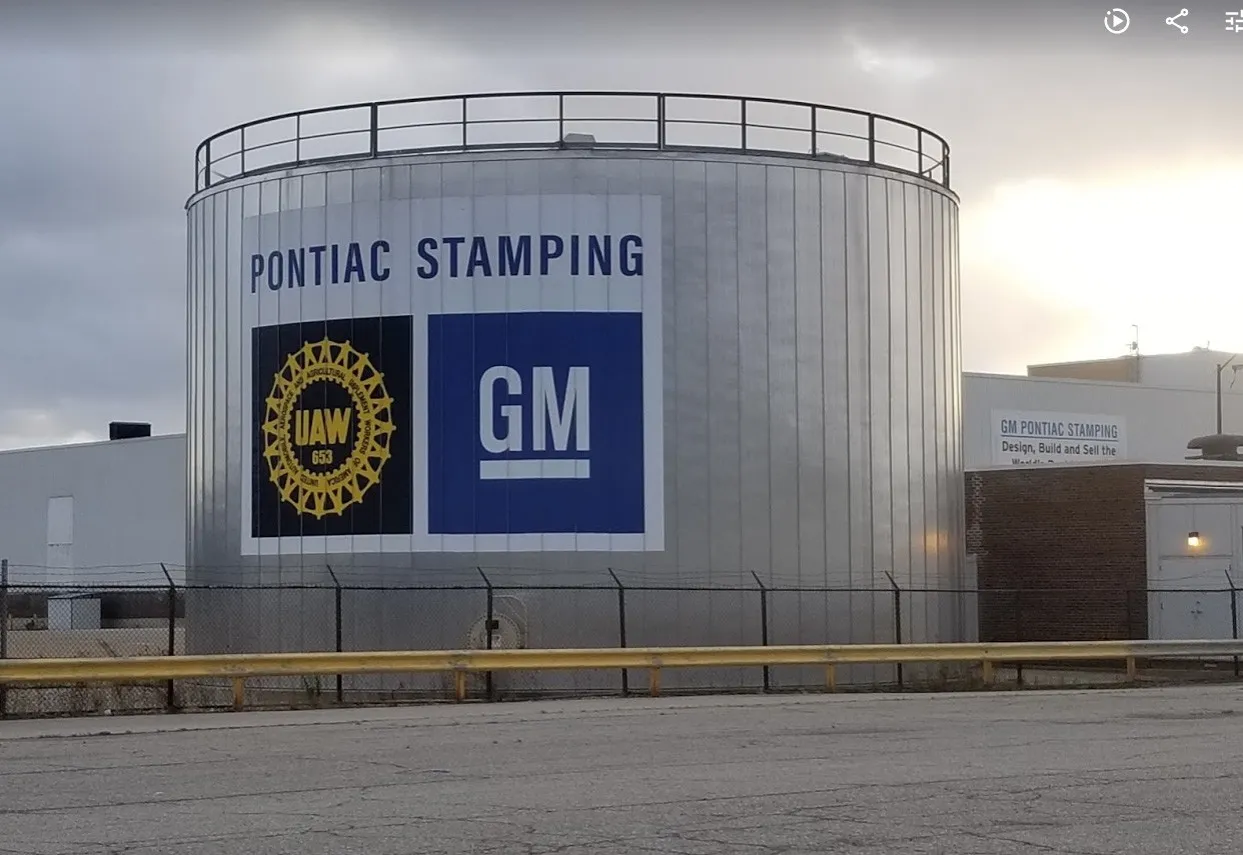General Motors terminated the contract that linked it with Pontiac dealers. In this way, the closure of the brand is completed, which left legendary models such as the Trans Am and the Firebird.
November 1, 2010 will be remembered in the history of the American automotive industry for being the day that General Motors officially closed the Pontiac brand. The economic crisis of recent years, the bankruptcy of the company and the subsequent reorganization to continue operating led the new managers to make the decision to put aside some of the group’s brands, including the one that knew how to become famous for its incredible ” muscle cars”.
In reality, the day General Motors ended its agreement with dealers to market the brand was October 31, making today the first day in 84 years that Pontiac has ceased to exist as a brand.
Pontiac began operating as a General Motors brand in 1926, but since the introduction of the Bonneville in 1957, the brand has become known for the performance of its cars and for offering more affordable prices than the competition, Buik and Oldsmobile. From this model, Pontiac began to become famous among lovers of high-powered cars and it was the GTO model, introduced in 1964, that started the legend. This model mounted the 389 engine that offered no less than 330 CV. From its launch and the growing commercial success, selling 30,000 units during that year, other brands launched similar cars, such as the Buick Skylark, the Chevrolet Chevell, the Oldsmobile 442 and the Dodge Charger. For its part, Ford launched the Mustang, of which 250,000 units were sold in the first six months. General Motors’ response was the introduction of the Camaro.
However, the year of splendor for Pontiac was 1969, when it presented a special edition of the GTO called the Trans Am. This car became a real success and its influence continues to this day, since the latest generation models can be found that try to copy the aesthetics of the incredible sports car. In 1970 Pontiac presented the Firebird, a model that would take the brand to international recognition through different presentations in movies and television series (remember a certain Kitt, the fantastic car?).
In the 1970s and with the oil crisis, Pontiac and all muscle car manufacturers found themselves in a suffocating situation. The scarcity of fuel and environmental limitations played against the interests of the brand, which, despite everything, was able to weather the storm. Towards the decade of the 80 the sales of the brand improved and in 1982 the third generation of the Firebird was presented.
Despite all these years of glory, the brand was once again hit by a new oil-related crisis and its models once again fell behind what the public needed. Thus, one of the most emblematic brands in the history of American motoring is said goodbye and, why not say it, of the world as well.
A bit of GM history
In Hitchcock’s film “Rear Window” the nurse says that she predicted the crash of 29 because the director of GM had kidney problems due to nerves. So he deduced that if the head of GM had to go to the bathroom ten times a day, then the country was about to collapse.
In 29 GM he was already a giant, and the joke in 54, which is the date of the film, made much more sense. GM initially only owned Buick, but soon acquired Oldsmobile. Then brands like Cadillac and little by little Chevrolet.
In the 1920s it began its international expansion by buying Vauxhall in England, Opel in Germany and Holden in Australia. By then it was already selling more than Ford, because they offered cars on credit to the consumer (an innovation that Henry Ford refused out of moral principles) and had begun to introduce brands, the first being Pontiac.
If we look at these dates, they coincide with the expansion of the automobile. America was the most car-intensive nation in the world, and GM was selling them to Americans who were moving into suburban backyards. It was the birth of Suburbia, and GM was a linchpin of the American dream.
Basically we have a company that became a giant by being at the right time (first 30 years of the 20th century) in the right place (USA) and doing the right thing (growing aggressively and giving the consumer what they wanted). The leadership position would last for three consecutive quarters of a century.
